Liverpool plots its rise from the ashes
City leaders gathered at Merseyside Maritime Museum on Tuesday to discuss how to build a successful future for Liverpool. From addressing the scourge of stalled sites to tackling health inequalities, here are the topics that dominated the discussion.
Teamwork makes the dream work
Stakeholders keen to see Liverpool succeed have long called for strong leadership and the certainty and stability that come as a result.
The message coming out of the city council in recent months, and at a conference hosted by the University of Liverpool yesterday, has been the right one: that the city is open for business and that those in charge have a firm hand on the tiller.
However, the real challenge is turning rhetoric into reality. That is the job of Leader Cllr Liam Robinson, among others.
He claims that collaboration is key to the city’s future prosperity. In years gone by, the relationship between the city council and the combined authority was a fractious one, now, according to Robinson, they are working together “hand in glove”.
The bond between the city and the wider region is key to unlocking opportunities but Robinson is looking further afield, too.
“We need to fashion a new relationship with national government,” he said.
“We have not been as close to Whitehall as we could have been. There is an opportunity to have a hotline direct into central government that puts Liverpool at the front of the queue.”
The leader acknowledges that in order for Westminster to look favourably on Liverpool, the city council must continue to get its house in order and present itself as a professional outfit. A strong city means a stronger city region and one more likely to have increased powers of devolution bestowed upon it.
“I believe the future can be, should be, and must be really bright for Liverpool. To meet that challenge we have to have a modernised, pioneering, and exemplar local authority,” Robinson said.
A strategic future
City region Mayor Steve Rotheram used the vice-chancellor’s conference as a platform to unveil the first report of the Liverpool Strategic Futures Panel, which sets out a broad vision for the city’s future beyond government intervention.
The board – which Rotheram chairs and includes local government heavy-hitters Baroness Judith Blake and Sir Howard Bernstein – was established more than a year ago to provide an overarching strategy to steer Liverpool in the right direction following Max Caller’s damning 2021 report into the running of the city council.
“Caller has to be a watershed moment,” Rotheram said.
The findings of the panel’s initial report, and the three identified priorities contained within, were not groundbreaking. It left some, including Liverpool’s outspoken former Lib Dem leader Richard Kemp, wondering why it had taken more than a year to draw up.
Of interest to the region’s development community was the pledge to tackle the scourge of stalled sites across the city and set up a new development partnership to foster a holistic approach to regeneration in Liverpool.
What this will look like and how it will work in practice remains to be seen but Rotheram promised he would “put the squeeze” on the government to provide the funding needed to make it happen.
Boosting growth
Creating high-value jobs to keep graduates in the city, plugging the viability gap to unlock development, and building more labs to serve Liverpool’s health and life sciences sector were among suggestions made by Sciontec chief executive Colin Sinclair on how to boost growth.
“We need to be more outward-looking,” he said, adding that a “targeted inward investment strategy” is a must if Liverpool is to attract the kinds of companies it wants to bolster its growing health economy.
Anyone who stepped on stage at the conference talked up the power of Liverpool’s global brand but almost all who did accepted that the city is failing to translate that fame into success.
The message from Stephen Jones, director at Core Cities UK, was simple. If Liverpool wants successful, prosperous communities, it must do the basics better.
“Our housing stock is not good enough, our parks aren’t very nice, and our streets don’t feel safe. These are things we have to get a grip of,” he said.
Health is wealth
The key to successful communities in the view of Louise Kenny, pro-vice-chancellor of the University of Liverpool, is addressing the city’s health inequalities.
Life expectancy in Liverpool’s most deprived postcodes is 11 years lower for men than the national average and nine years below for women. If the city is to thrive, it must address this and it is in a good position to do so, according to Kenny.
The university and the NHS foundation trust recently signed an MOU that will pave the way for the creation of a 500,000 sq ft school of health sciences on the site of the former Royal Liverpool Hospital.
The facility will train up the next generation of health professionals and carry out vital research, leaning on links with the new Royal and the Knowledge Quarter, both located next door.
“It is more than a building, it’s a philosophy,” Kenny said.
City centre vision
One part of the city that has been immune to the unrest of recent years is Liverpool ONE.
Bill Addy, chief executive of Liverpool BID Company, lavished praise on the complex, saying that it “saved the city centre” when it opened in 2008.
This year, the 42-acre complex’s asset manager Grosvenor published a report demonstrating the impact of Liverpool ONE on the city 15 years after the ribbon was cut, which highlighted a £4.1bn GVA boost.
However, the success of Liverpool ONE has been to the detriment of other parts of the city centre, leaving some areas reminiscent of the “third world” Addy said.
He warned the city must not rest on its laurels and urged the council to pull together a strategy that would set out future plans for the city centre.
“We need a vision,” he said. “We need a city centre that in 60 years time, people can look at and be proud.
“We have had a lot of challenges. Now is our opportunity to move forward into the 21st century.”


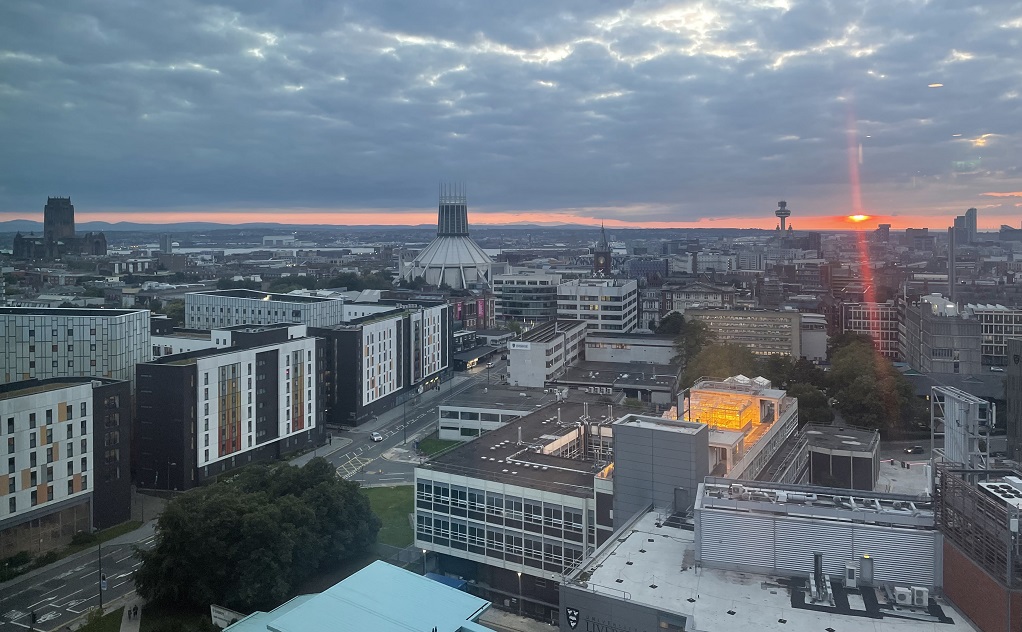
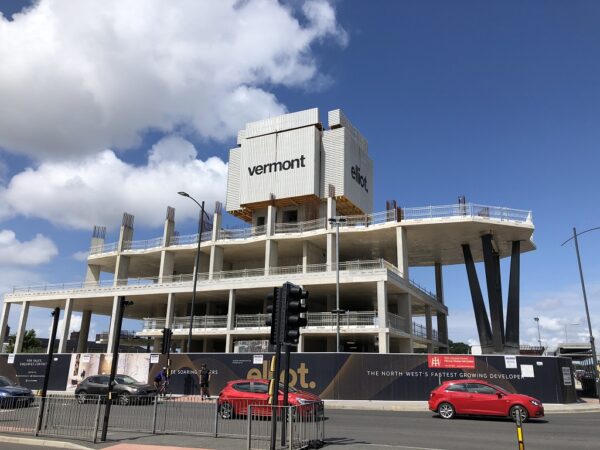
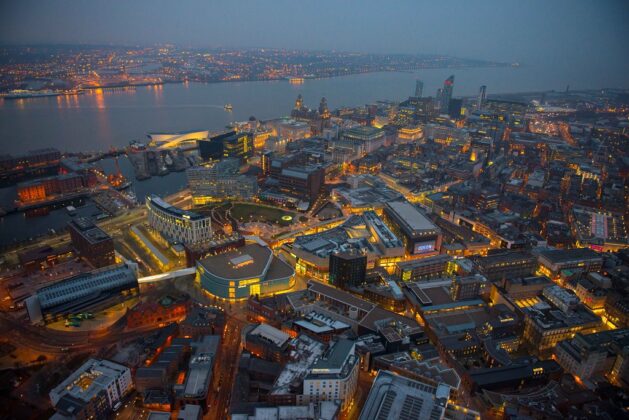
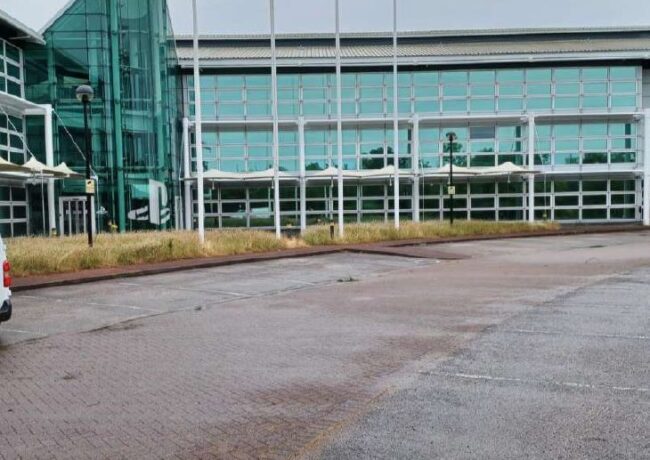
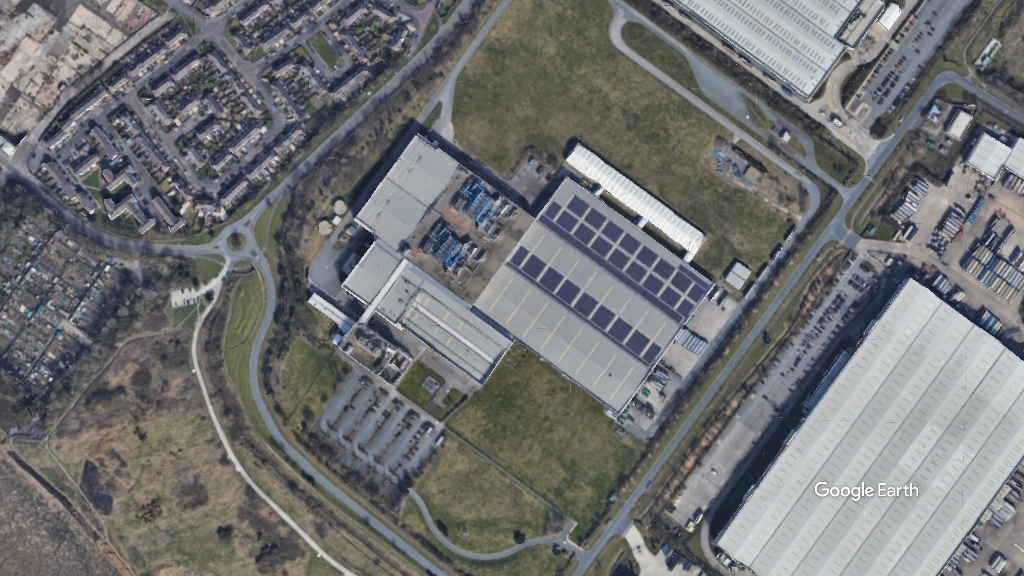
I see no mention here of an immediate review / potential abolition of the anti innovation and anti-investment Tall Buildings SPD / general ongoing approach to stifling development / investment in the city. There really ought to be consequences for the people responsible for consistently reducing the scale of every single scheme for development over a couple of storeys. It is extremely frustrating to see the city being held back in this way.
By Anonymous
Amazing that a Labour controlled City Council has been unable to work collaboratively with a Labour controlled City Region, and that tells us a lot and shows the influence the old left,from the late 1970s and early 1980s, still wields in Liverpool.
There are lots of good business ideas and entrepreneurs in Liverpool but they get bogged down by Liverpool politics.
Changing the height restriction rules could be done at a stroke, as well as changing the negative stance on the airport for example,but a lot of this is down to the electorate who fail to vote and allow the same inadequate councillors to remain in control.
By Anonymous
‘Liverpool plots its low rise from the ashes.’
There: fixed the headline for you.
By Anonymous
“… the Ashes”? Really? Here we go again with yet another negative headline spin from the Place NW team on a genuinely positive event staged in Liverpool. For goodness sake, the commissioner’s report is two years old now, yet your journalists refer to it at any opportunity they can as if it’s just been released – and always with the same prefix: ‘damning’. Lots of hardworking people across the city’s professional, political, academic and influencer-base are gradually turning around the situation, so why not write more positively about the progress to date? I think your publication needs to decide whether it exists to positively represent this city’s property-regen sector – thereby supporting its growth – or does it exist to simply stand behind the boundary ropes to chuck the barbs (in one particular direction, at least!)… at any opportunity it can? If it’s the second option, please pause for a second or two when writing your headlines in future and maybe reflect on the damage they can have on potential investors eyeing Liverpool as a viable investment destination.
By Anonymous
@ Anon 2.23pm, call it what you like, ashes, despair, pit of shame, let’s be honest Liverpool was rotten to the core and needed ,and still needs, to change for the better.
Hopefully we’ve had our de profundis moment but we can’t ignore it happened.
By Anonymous
I don’t like this word, I don’t like that word, do what I say instead
By Don’t read it then
That’s the best one by Bill Addey: parts of the city centre reminiscent of 3rd world; could he be talking about London Road?
By Anonymous
To create wealth we must invest in wealth-creating activities, not stall on Peels development of the airport, quit the cruise liner Terminal. Stop hampering growth development if you want the city to thrive. Manchester is running away with it.
By David J Foulis
Parks aren’t very nice? Liverpool has 2 of the nicest parks in the country in the form of Sefton and Calderstones Parks.
By Anonymous
Really had an overdose of political flatulence from LCC recently . If only they ‘Do’ as well as they talk. I am long past being bored.
By Colonel Blimp